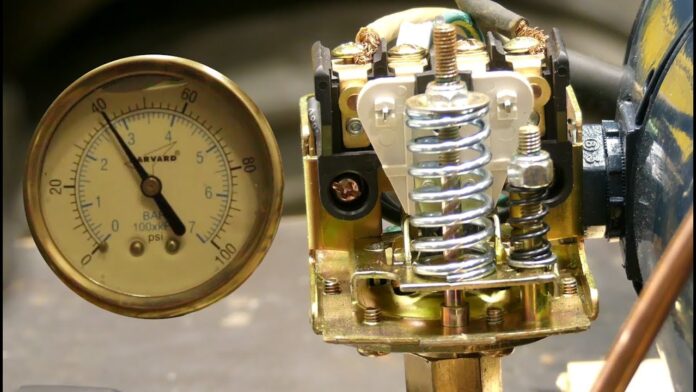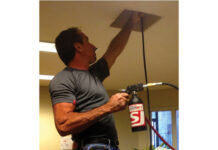Are you a homeowner with low water pressure in your well? If so, you’re not alone. Many homeowners experience this issue and it can be frustrating to deal with. Low water pressure can make showering, washing dishes, and other everyday tasks more difficult than they should be.
Fortunately, there are several ways to increase the water pressure from your well so that you have enough flow for all of your needs.
In this article, we will discuss how to identify the cause of low water pressure in wells and teach you how to increase water pressure on a well pump. We will also cover some tips for maintaining high-pressure systems over time.
By following these guidelines, homeowners can enjoy steady and reliable water pressure from their well system.
If you end up needing professional help, you should contact a reputable plumbing company in Ashburn, VA, like Clover Services.
How to Increase Well Water Pressure Like a Pro
Here’s a detailed guide that you can use if the water pressure in your well is lower than usual:
1. Check Your Well Pump
The first step in troubleshooting low water pressure is to check whether your well pump is operating correctly. If the pump is not working or has been damaged, it can cause a reduction in pressure.
If you don’t know how to increase water pressure on a well pump, make sure the pump is switched on and connected to power properly, and inspect it for any physical damage or signs of wear and tear.
2. Check Your Pressure Tank
A pressure tank helps regulate water pressure by storing water when it’s not being used, then releasing it when demand increases. If the pressure tank isn’t functioning properly, it could be causing your low-pressure problems.
Inspect the tank for any leaks or cracks, and make sure it’s filled with the correct amount of air and water for optimal performance.
3. Check Your Piping System
Low water pressure issues can also be caused by clogged pipes or a faulty piping system. Inspect all pipes running from your well to your home, looking for blockages or signs of corrosion that could reduce flow rates.
If you find any damaged or corroded pipes, consider replacing them as soon as possible to improve performance.
4. Increase Pump Speed
Increasing the speed of your well pump is another way to boost water pressure levels in your home. Modern pumps are equipped with adjustable settings that allow homeowners to fine-tune their output rate according to their needs.
Consult with an expert if you don’t know how to increase water pressure on a well pump or adjust these settings properly to ensure they are set correctly for optimal performance and safety protocols are followed accordingly.
5. Increase Water Volume
If increasing the speed of your well pump doesn’t solve the problem, then consider increasing the volume of water being provided by the system instead (if possible).
This might require making changes to your existing piping system such as installing larger diameter pipes or adding additional pumps that can increase flow rates significantly without compromising safety standards and regulations.
6. Install a Pressure Booster Pump
Installing a pressure booster pump onto your existing well system is another way to increase water pressure levels in homes with low-pressure issues caused by aging infrastructure or poor design features (like too many turns/fittings in a pipe).
These devices work by pushing extra boost into weak areas so that overall pressure levels can be increased significantly without sacrificing flow rate quality or reliability over time.
How To Increase Well Water Pressure in a House With a Well — Conclusion
Homeowners can take steps to increase the water pressure from their well. By following these guidelines, such as checking your pump and tank, inspecting piping systems, increasing pump speed or installing a pressure booster pump, you should be able to troubleshoot any low-pressure problems and enjoy steady and reliable water pressure in your home.
If all else fails or if you are unsure how to proceed with any of these steps safely, it is always best to consult an expert for help. With the right approach and maintenance plan in place, your well system will provide enough flow for all of your needs without needing professional assistance every time.











